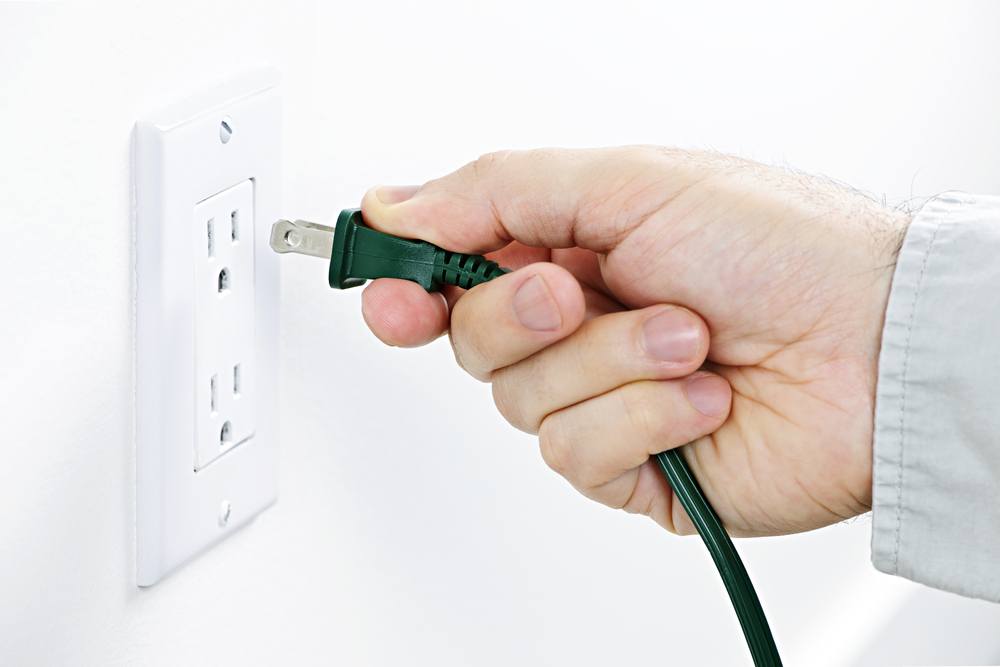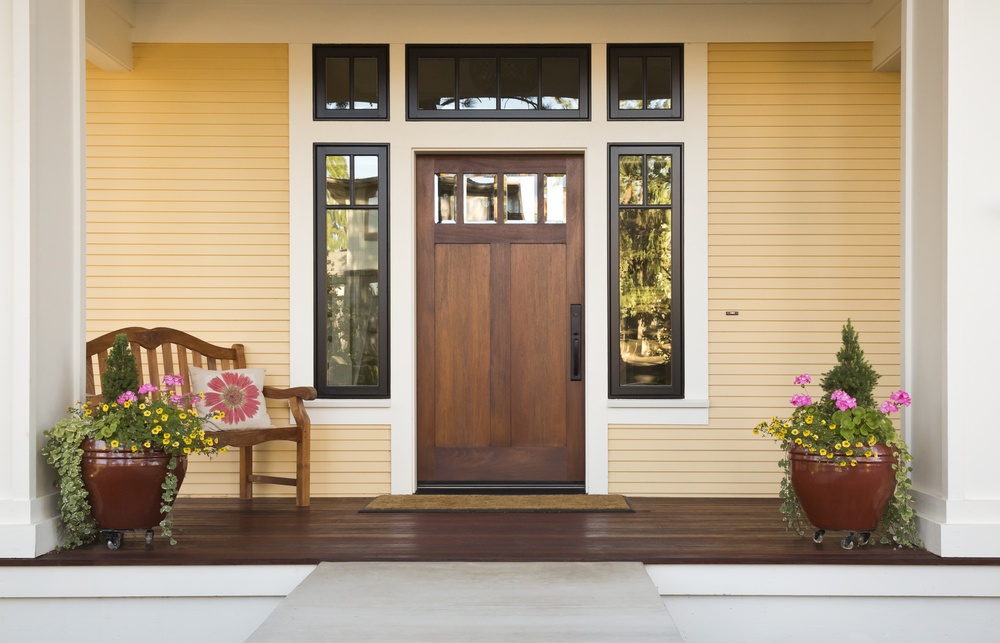 Making your home more energy efficient is a multi-step process. You can do things like install vinyl replacement windows or add more insulation to reduce your heating and cooling bills, but you also need to look for ways to use electricity more efficiently. Getting in the habit of turning lights off when you leave the room and replacing old appliances with new Energy Star certified models are great ways to start, but sometimes, simply remembering to turn off electronics when you’re not using them isn’t enough to save energy.
Making your home more energy efficient is a multi-step process. You can do things like install vinyl replacement windows or add more insulation to reduce your heating and cooling bills, but you also need to look for ways to use electricity more efficiently. Getting in the habit of turning lights off when you leave the room and replacing old appliances with new Energy Star certified models are great ways to start, but sometimes, simply remembering to turn off electronics when you’re not using them isn’t enough to save energy.
We all have a lot of electronic devices in our homes, but a lot of people don’t realize they might be paying to power those devices when they aren’t actually being used. These sorts of devices, known as “energy vampires,” use electricity simply by being plugged in or go into a low-power standby mode instead of fully being powered down. Even if an individual item doesn’t use much energy just by being plugged in, when you look around the house and count all the energy vampires you can find, the energy savings can really add up.
Phone chargers are by far one of the most common energy vampires people have in their homes. They get used so often that many people get in the habit of leaving them plugged in at all times. In fact, many homes have multiple chargers plugged in at any given time. Charging a phone doesn’t actually use much power, but keeping a charger plugged in all the time adds up, especially when you keep a few chargers plugged in.
Some of the biggest energy vampires include things like TVs, cable boxes/DVRs, DVD players, and video game systems. In some cases, TVs, DVD players, and video game systems don’t fully power down when they’re turned off. Instead, they enter a low-power standby mode so they can start up again more quickly. If something goes into a standby mode, check its settings to see if you can change it. You can also try keeping these sorts of things plugged into a power strip so you can easily turn off the power to all of them at once when they’re not being used. Cable boxes and DVRs aren’t as easy to simply unplug when they’re not in use since that will cause you to lose all your timers and settings. However, you might want to contact your cable provider to see if you can get a newer cable box/DVR since those are continually being improved to become more energy efficient.
Computers and accessories like printers can also be major energy vampires. If you’re used to leaving your computer on all the time, try to get in the habit of either shutting it down or putting it in sleep mode when you’re not using it. Energy.gov says that turning off a computer when you’re not using it can lower your energy bills by as much as $20. Power strips also work great in home office areas so you can turn off the power to you computer and all its accessories at once. One of the easiest ways to get rid of energy vampires is to just walk through your house and unplug anything that either doesn’t get used very often or doesn’t really need to be plugged in. Is your hair dryer still plugged in, even though you haven’t used it in a few days? Have a spare TV in a guest bedroom? Is the kitchen counter full of small appliances that only get used occasionally? Just unplug them all. You might be surprised by how many energy vampires might be lurking around the house.









